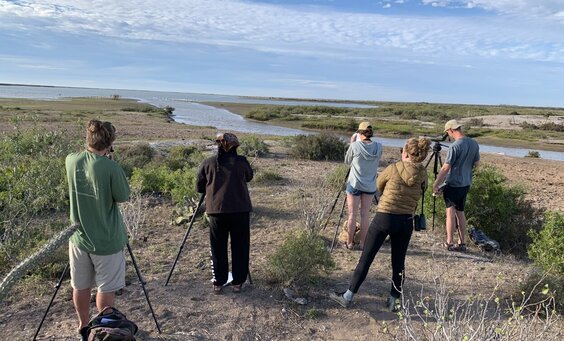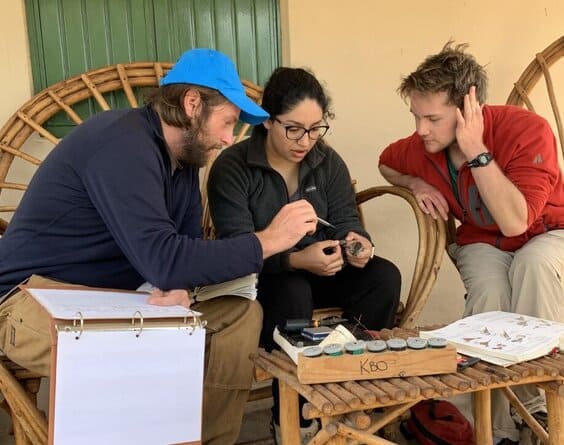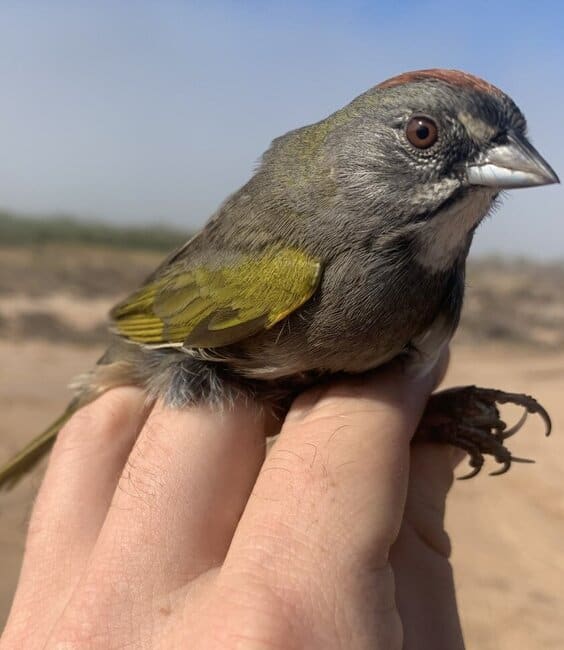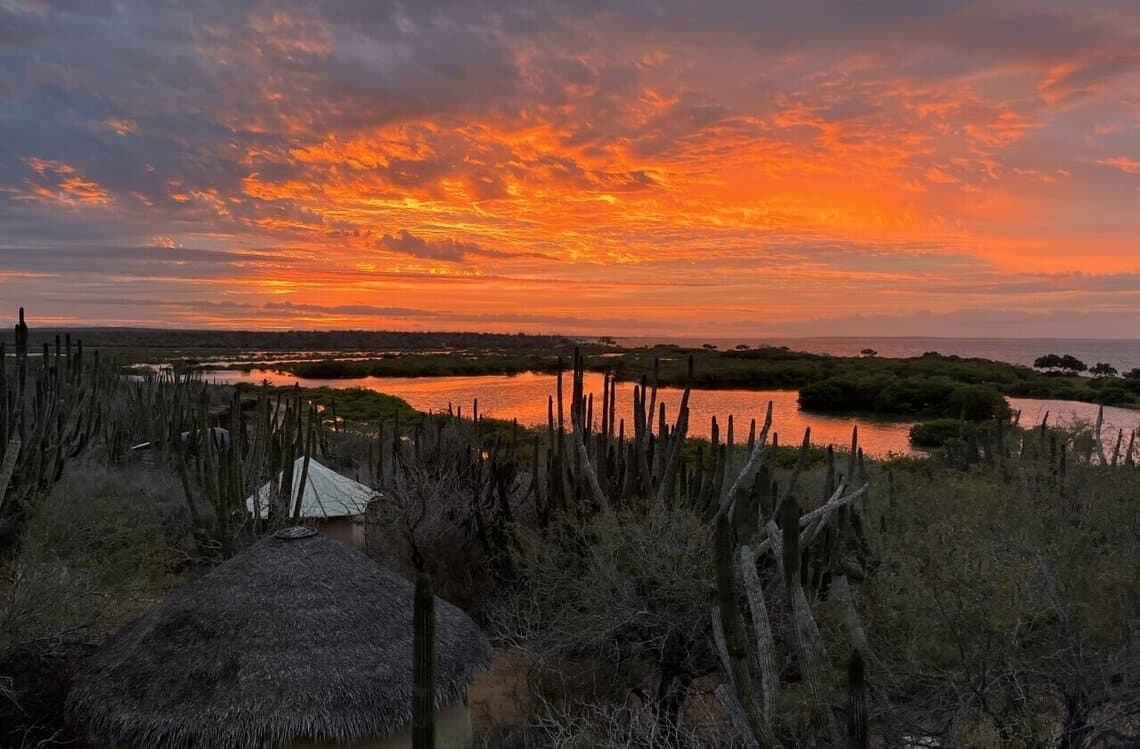By Michael Krzywicki, Navopatia Field Station Director
Few places combine the sounds of splashing dolphins with the braying call of the Cactus Wren. Or a morning walk through a dense, prickly desert forest with an afternoon kayaking through narrow and mysterious mangrove channels. The shores of the Costera Pitayal are one such place. Found in a narrow strip of southern Sonora and northern Sinaloa, the Costera Pitayal has the densest concentration of Organ Pipe Cactus (Stenocerus thruberi) found throughout the plant’s range. Sitting outside the Sonoran Desert proper, the Costera Pitayal is a unique, rapidly disappearing habitat type.

At the Navopatia Field Station, located on the shores of the Agiabampo Estuary, a small team has researched and promoted awareness of the Pitayal since 2004. We’ve documented more than 250 species of birds and more than 110 species of plants, as well as trained more than 50 undergraduates and early career biologists in field methods and natural history. Our off the grid facilities use solar power and sustainable building techniques to promote harmony with the landscape.
Long-term monitoring is an important building block of biological knowledge. Training in long-term monitoring methods is also an excellent way to prepare interns for future field work. We’ve conducted over 700 mornings of area searches since 2007 across plots in three different habitat types. Area searches count the number of birds present in 4-hectare plots over a set time-period. In the same plots we have surveyed over 23 km of vegetation transects. Over repeated visits we have documented associations of different landbird species with the differing habitat types. We also participate in the Institute for Bird Population’s Moniterero de Sobrevivicia Invernal (MoSI) program. MoSI uses standardized protocols at bird banding stations throughout Latin American and the Caribbean to study migratory birds on their wintering grounds.

The field station is an ideal place for natural history education. Far from civilization with limited cell-phone service, immersed in the habitat around the clock, Navopatia’s internship program emphasizes field-training and job skills for undergraduates and early career biologists. We believe there is a skills gap between undergrad curriculum that offers increasingly limited field opportunities, and employer expectations for field technicians and research assistants. Interns work alongside Navopatia researchers and facilities staff. While we emphasize basic skills training and research techniques, Navopatia also conducts research using cutting-edge contemporary techniques.
 In December 2020, Navopatia joined the Motus network. Developed by Bird Studies Canada, Motus uses radio telemetry to track small animals wearing tiny tracking devices. With support from the MPG Ranch Intermountain West Collaborative, we placed a Motus antenna on a weather tower belonging to the Instituto Tecnología de Sonora Hidro Ciencias Lab. This winter we are placing our first units on Green-tailed Towhee, a common winter resident at Navopatia whose migratory movements are poorly understood.
In December 2020, Navopatia joined the Motus network. Developed by Bird Studies Canada, Motus uses radio telemetry to track small animals wearing tiny tracking devices. With support from the MPG Ranch Intermountain West Collaborative, we placed a Motus antenna on a weather tower belonging to the Instituto Tecnología de Sonora Hidro Ciencias Lab. This winter we are placing our first units on Green-tailed Towhee, a common winter resident at Navopatia whose migratory movements are poorly understood.
Unfortunately, 40% of the Costera Pitayal has been lost to human development and agriculture. Navopatia is working with Nature and Culture International and ITSON towards the development of a Pitaya Coast Reserve. The proposed 1200-hectare reserve would preserve Pitayal from clearing for agriculture. Early attempts to establish no fishing zones in local mangrove habitat are a success. The Covid-19 pandemic has stalled efforts to establish a larger reserve, but we remain optimistic about finding solutions with local stakeholders and landowners. With support from Environment and Climate Change Canada, we are also developing conservation strategies for Canadian breeding birds that winter in Navopatia, like the Orange-crowned Warbler. Please visit our website if you are interested in visiting the field station, applying to our internship program, or to learn more about Navopatia Field Station.

